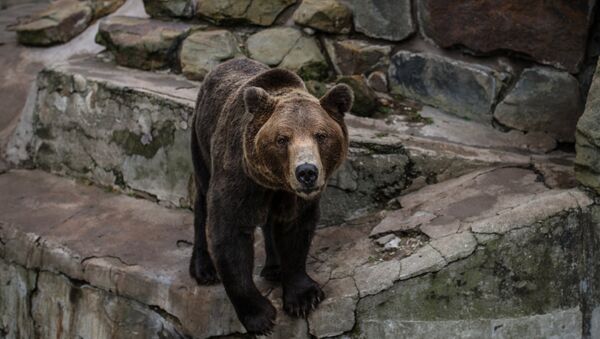"Considering the bear populations in northern Italy and Slovenia, for example, there is a high probability that brown bears will return to Germany," Beate Jessel, the agency's head, told German newspaper Berliner Tageszeitung.
In May 2006, a young male bear was sighted wandering from northern Italy to Bavaria. However, the bear, subsequently named Bruno, was shot by hunters in June 2006 and placed in Munich's Natural History Museum. Although no other bears have been spotted in Germany since that time, brown bear populations in northern Italy and Slovenia begin to migrate north, Germans may need to learn to coexist with bears.
However, according to Jessel, Germans should not fear the return of bears to the country.
"There is always a residual risk in wild animals. But this must be seen in relation to other dangers to which we are exposed on a daily basis. One has to look at how many people in Germany are injured or even killed by wild boars or domestic dogs. The probability of an unpleasant encounter with a bear or a wolf is very low," she noted.
"There are enough countries in Europe or North America where not only wolves but also bears have been coexisting with humans for a very long time. This shows that it is possible to live together," she added.
"The important thing is that, in areas where these wild animals migrate, measures must be consistently implemented to protect livestock and inform local populations how to deal with these animals," Jessel added.


